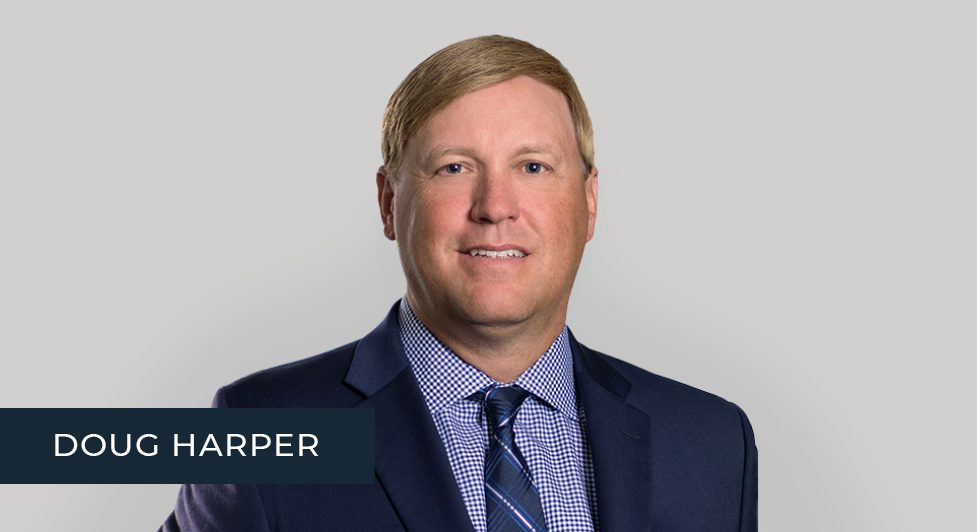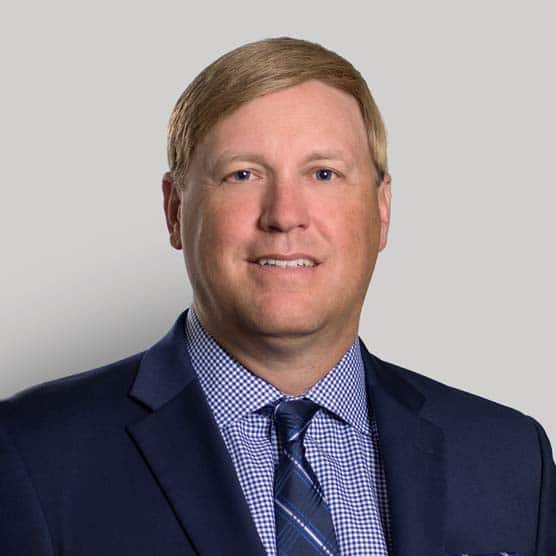During the 2024 InterFace Active Adult Conference in Dallas, Texas, several themes emerged from panel discussions about the future of the segment regarding debt financing opportunities. It was clear industry participants are looking forward to a stabilized market that will allow them to pursue their financing objectives to position their communities for the long haul. What will lending look like for active adult communities for the remainder of 2024 and beyond? To answer, we distilled panel discussions into five trends for active adult financing highlighted below.
1. Be aware of banking headwinds. The debt market for active adult transactions remains challenging. The upheaval triggered by the pandemic made many banks more cautious—a trend that persisted into 2024. Some banks are also prioritizing deposit growth over loan growth. The upshot is that a lot of banks have become far more selective than in the past—they’re conducting more rigorous due diligence, demanding higher credit scores, offering lower loan amounts, and/or charging higher interest rates.
2. Evaluate construction financing carefully. In previous years, developers of active adult communities could often attract multiple competitive offers for construction financing. “Previously, a quality project could expect interest from 30 to 40 lenders, resulting in about 20 term sheets,” noted one panelist. These days, however, the same project might struggle to receive two term sheets. In such conditions, having a sponsor with a track record of successful projects is especially valuable. Ditto for well-structured transactions—i.e., those with a clear business plan, realistic budget, adequate equity investment, appropriate levels of debt, and contingency plans. Lower SOFR and Treasury yields will also help matters.
3. Consider bridge loans. As financing options tighten elsewhere, the market for bridge loans for active adult properties remains available. In times of high interest rates, bridge loans are often appealing, but the ultimate goal remains the same—low cost, permanent financing. Thus a bridge-to-permanent strategy remains prudent. Fannie Mae, Freddie Mac, and Federal Housing Administration (FHA) loan programs are still excellent options on that front.
4. When will the debt market stabilize for active adult? There is no current consensus on the timing of any debt market stabilization for active adult. This uncertainty largely reflects a broader “chain” of uncertainty: the uncertain direction of interest rates, driven by a highly uncertain outlook for inflation and the economy at large. Throw in presidential election uncertainty, and that’s a lot of unknowns to reckon with at this time. To thrive in a climate of high uncertainty, developers need to “always do their homework” and “think one step ahead.” Doing the latter, for example, requires anticipating potential objections from lenders by ensuring sufficient equity contributions and articulating clear exit strategies. Developers should prioritize flexibility, too. This means keeping an open mind to unfamiliar financing options. For example, one may consider the use of commercial property assessed clean energy (C-PACE) proceeds to fill a funding gap, as detailed in this recent transaction.
5. Ride demographic tailwinds. Despite current financing challenges, long-term prospects for the active adult market remain “compelling.” Ageing Baby Boomers (a generation that is, on average, healthier and expected to live longer than any previous generation) will fuel demand for the lifestyle and community amenities that active adult properties offer. And because the active adult market is still relatively niche, developers also have more opportunity to finely tailor their offerings to the specific needs of customers—an opportunity that could further spark demand for active adult housing.

